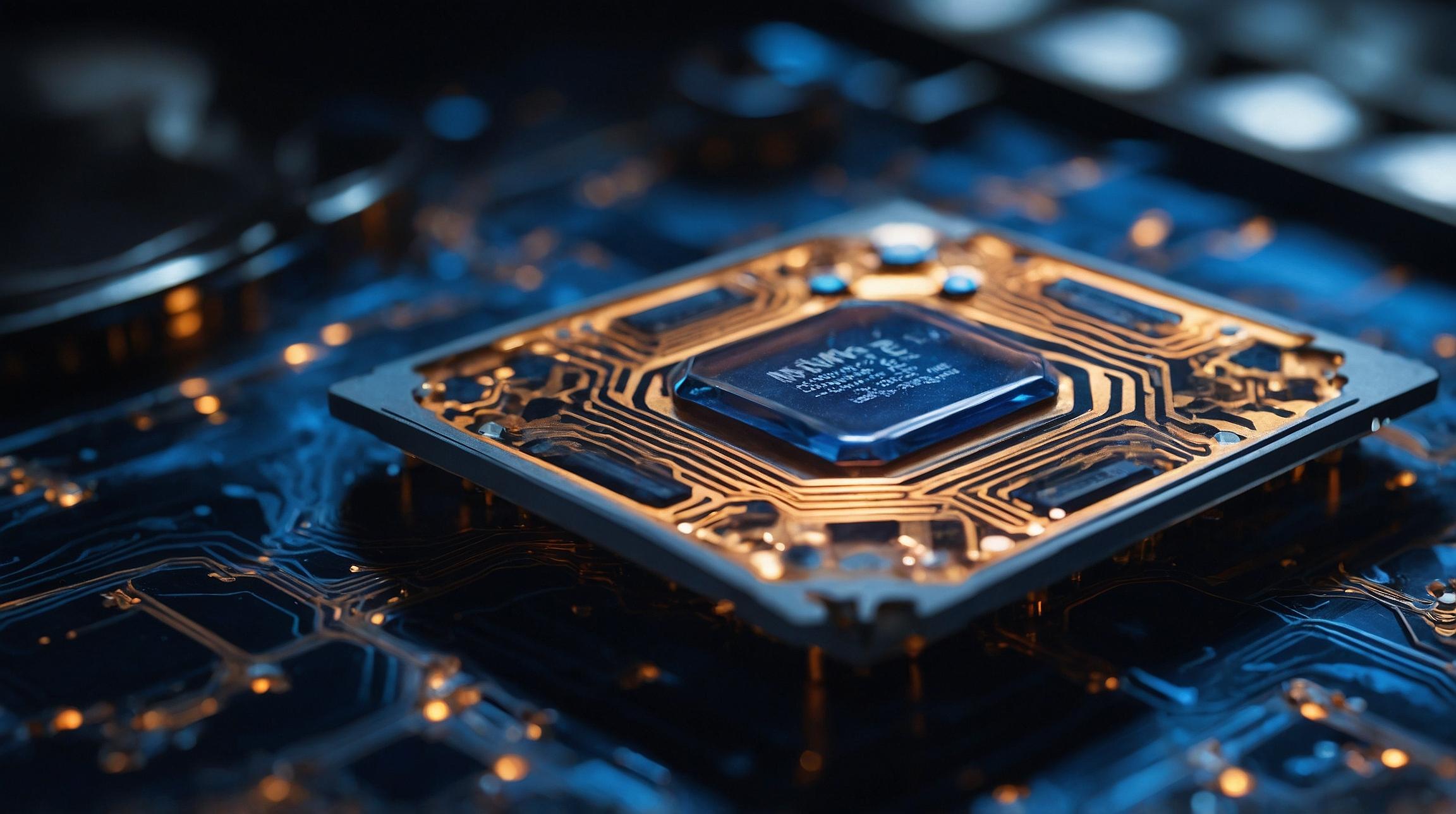Understanding Artificial Sapphire Insulators
Traditional integrated circuits, or chips, use a silicon wafer substrate to house complex structures. Researchers in Shanghai have now developed a semiconductor chip insulator using artificial sapphire. This innovation promises to extend smartphone battery life and enhance chip efficiency.
How Does It Work?
The team created an atomic-thick sapphire film to build more efficient two-dimensional circuits. These circuits are crucial for the next-generation of high-performance electronic devices. Di Zengfeng, a co-leader of the research, highlighted the potential of 2D materials in setting a new foundation for electronic advancements.
The Role of Dielectric Layers
Within chips, transistors regulate electric current, while dielectric layers isolate conductive layers to prevent current leaks and manage heat. As chips become more compact with more transistors, the demand for superior insulating materials grows. Traditional insulators lose effectiveness when thin, leading to increased power consumption and heat.
A Breakthrough Innovation
Researchers from the Chinese Academy of Sciences developed a sapphire film dielectric layer by growing an aluminum wafer and adding oxygen atoms to form a 1.25-nanometer-thick aluminum oxide. This artificial sapphire, while synthetic, mirrors the properties of natural sapphire.
Creating Advanced Transistor Arrays
By combining the sapphire film with molybdenum disulfide instead of silicon, researchers achieved low-power transistor arrays. These met the International Roadmap for Devices and Systems standards, proving to be more enduring and efficient.
Industrial Scalability
The simplicity of this method makes it scalable for industrial production. It is compatible with existing silicon-based processes. The research team demonstrated the film's uniformity and reproducibility across 100 devices, marking a significant step towards industrial application.
Implications for Technology
This advancement could significantly impact smartphone battery life and supports the development of low-power chips for artificial intelligence and the Internet of Things. As these devices become more prevalent, the demand for efficient, stable chips will only grow.
This development isn't just a breakthrough for smartphones but a pivotal moment for the tech industry, paving the way for more sustainable and efficient technology.













